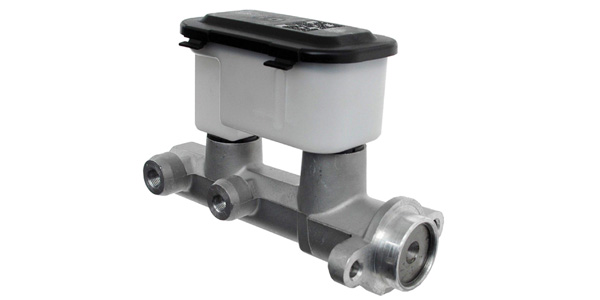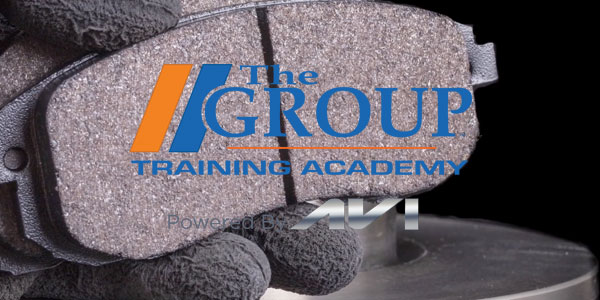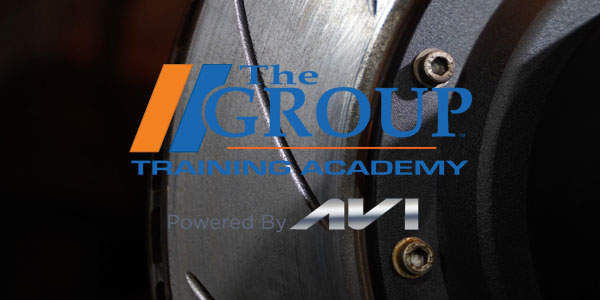
Becoming a parts superstar doesn’t happen overnight. However, one of the best ways to distinguish yourself is by earning the ASE P2 Automobile Parts Specialist certification.
ASE P2 certification shows that as a parts pro, you’re at the top of your profession and not only can look up parts quickly and accurately, but also understand customer relations, sales and management best practices.
The October issue of Counterman includes our annual ASE P2 Test Primer. Here are the practice questions for Brakes. The answers are at the bottom of the page.
1. How many brake circuits do late-model master cylinders like the one in the illustration at the top of the page have?
a. One
b. Two
c. Three
d. Four
2. Which component clamps the brake pads against the rotors when the brakes are applied?
a. Calipers
b. Master cylinder
c. Vacuum booster
d. Wheel cylinders
3. Parts specialist A says that most brake boosters are hydraulically activated. Parts specialist B says that wheel cylinders are hydraulically activated. Who is right?
a. Parts specialist A only
b. Parts specialist B only
c. Both A and B
d. Neither A nor B
4. Brake rotors must be replaced if they:
a. can be resurfaced without exceeding the minimum thickness.
b. are worn to minimum thickness.
c. are an aftermarket brand.
d. are warped.
5. Parts specialist A says that the brake pedal should be firm after replacing a caliper, wheel cylinder or brake line. Parts specialist B says that a vehicle should be test-driven to remove air in the brake lines. Who is right?
a. Parts specialist A only
b. Parts specialist B only
c. Both A and B
d. Neither A nor B
Answers
1.b 2.a 3.b 4.b 5.a












